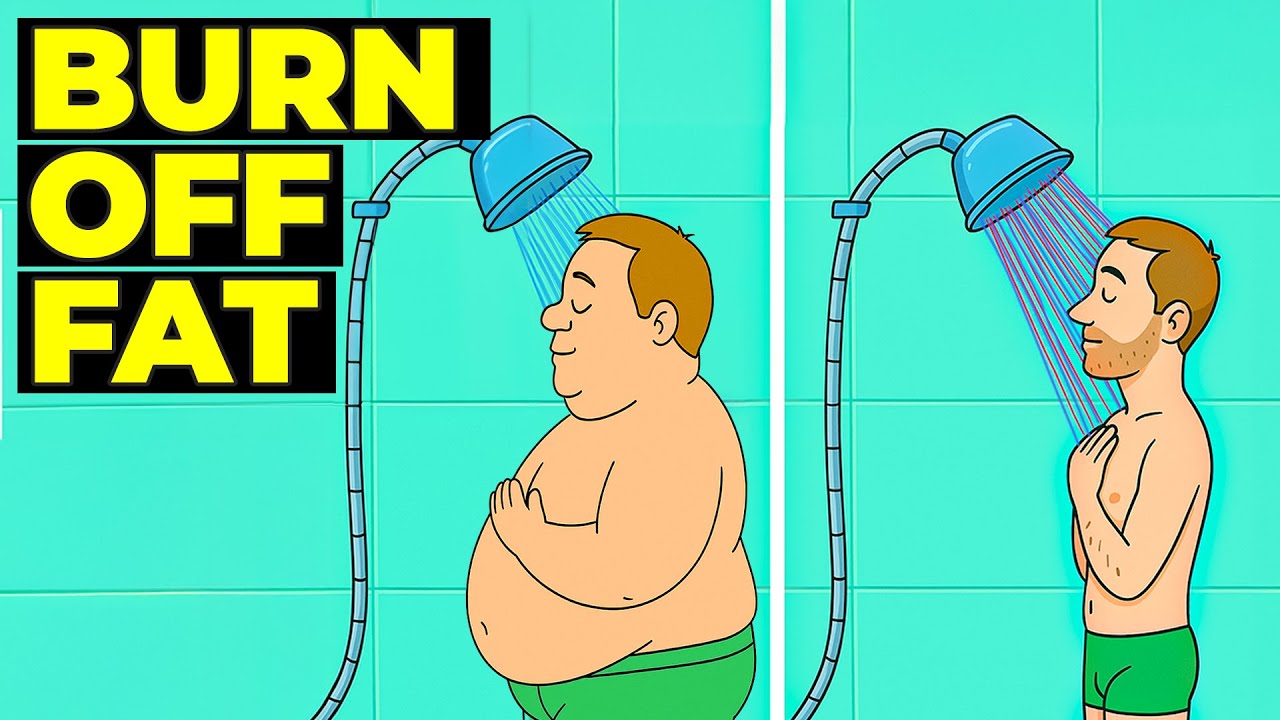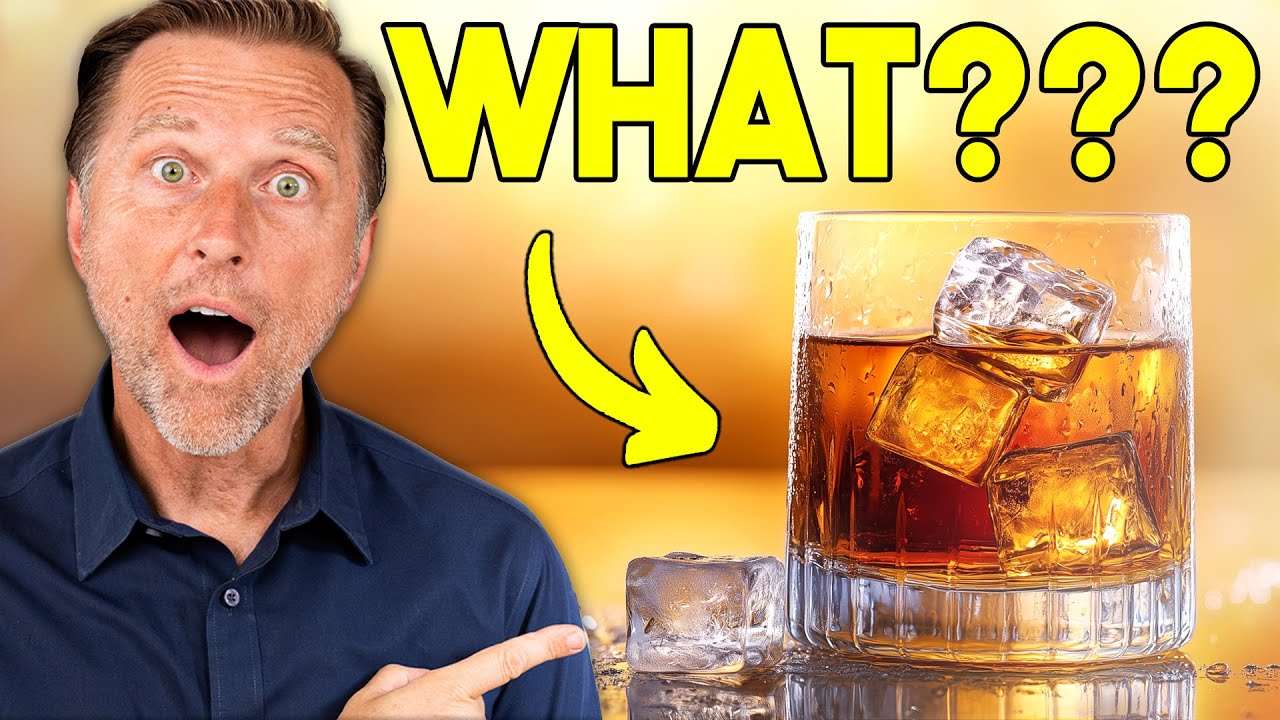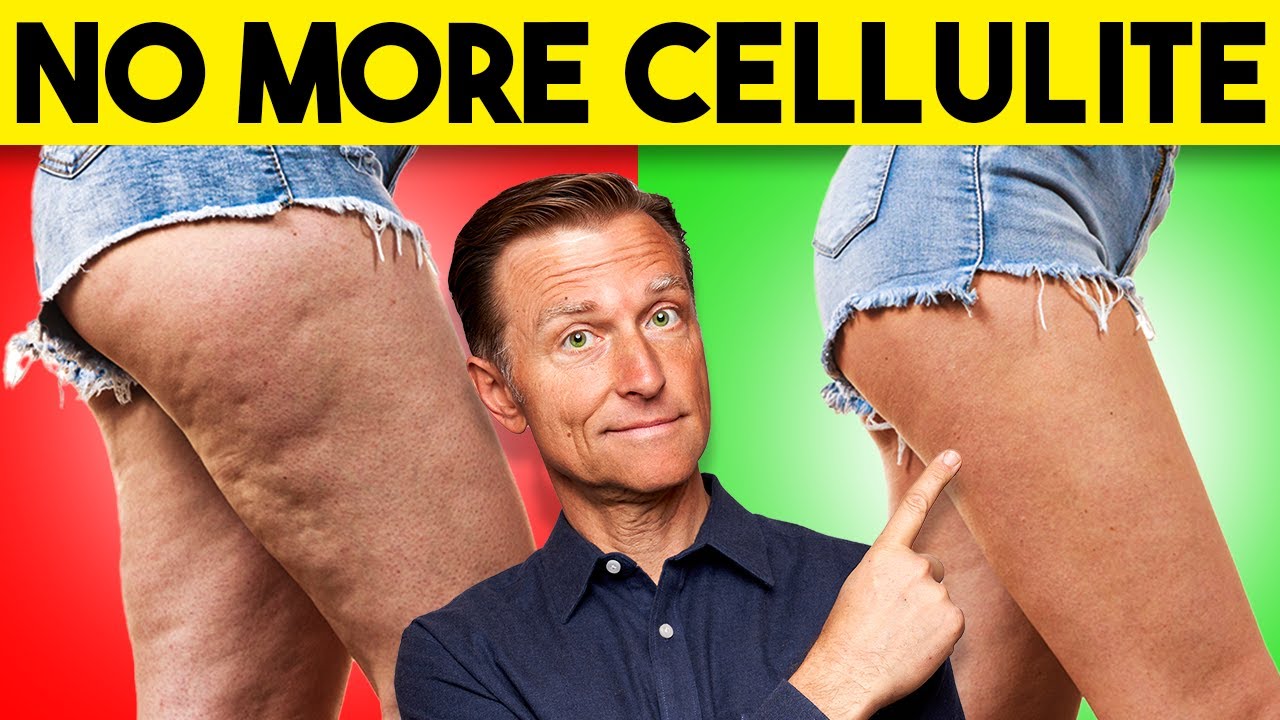When it comes to weight loss, we often hear the phrase: “Just exercise more.” But how effective is that advice if your diet remains untouched? Is it truly possible to shed pounds without making any dietary changes?
The short answer: Technically yes—but only to a very small degree. The long answer involves understanding how your body burns fat, the limitations of physical activity, and why nutrition plays the most dominant role in long-term weight loss.
Let’s break down the science and separate fact from fiction.

How Many Calories Does Physical Activity Actually Burn?
We all know that exercise burns calories. But the numbers might surprise you when you look at them in detail.
🏃♂️ Jumping Rope
- Calories burned: ~560 calories/hour
- To burn 1 pound of fat (3,500 calories): You’d need to jump rope for approximately 5.3 hours straight.
🚶 Brisk Walking
- Calories burned: ~340 calories/hour
- Time required to burn 1 pound of fat: Nearly 10.3 hours of continuous walking.
😂 Laughing
- Calories burned: ~40 calories/10 minutes
- To lose 1 pound: You’d need to laugh for 14.5 hours.
🕺 Fidgeting
- Calories burned: ~50 extra calories/hour (above resting rate)
- Time to lose 1 pound: Around 70 hours of constant fidgeting.
🧊 Ice Baths
- Calories burned: ~250 per 15-minute session at 45–50°F
- To burn 1 pound: Roughly 14 sessions over two weeks.
🛏️ Sex
- Calories burned: ~200 calories/hour
- To lose 1 pound: Nearly 14.6 hours of continuous activity.
🩸 Donating Blood
- Calories burned per session: ~350 calories
- To lose 1 pound: 14 full donations.
🧘 Deep Breathing
- While breathwork and meditation help manage stress hormones like cortisol (which can contribute to belly fat), they burn minimal calories—about 12 per hour. You’d need to do deep breathing for over 290 hours to lose one pound of fat.

The Cold, Hard Truth: Activity Alone Won’t Cut It
Even though all of these activities do burn calories, they’re not practical (or effective) when used as your sole weight-loss strategy. The real barrier is how easy it is to consume calories versus how hard it is to burn them.
Take these common foods as examples:
- Slice of pizza: ~285 calories = 3 miles of running
- Big Mac: ~550 calories = 1 hour of intense cycling
- Can of soda: ~270 calories = 45 minutes of Zumba
You might be doing all the right exercises, but if you’re consuming high-calorie, processed foods, you’re likely just breaking even—or worse, gaining weight.
Why 85% of Weight Loss Success Comes from Diet
Numerous studies confirm that diet is the most powerful factor in fat loss, contributing roughly 85% of the results, while exercise accounts for about 15%. That doesn’t mean exercise isn’t important—it’s essential for cardiovascular health, insulin sensitivity, and preserving lean muscle mass—but it’s not where the majority of weight loss happens.
You cannot out-train a poor diet.

What Really Works: Lowering Insulin Through Nutrition
If your goal is to lose body fat—not just water weight—the key lies in managing insulin, your body’s primary fat-storing hormone.
Why Insulin Matters
High insulin levels block fat burning. Every time you consume carbohydrates, especially refined ones like bread, pasta, cereal, or soda, your insulin spikes. This keeps your body in fat-storage mode and fuels cravings, hunger, and low energy.
Solution #1: Adopt a Low-Carb or Ketogenic Diet
Reducing your daily carb intake is the fastest and most effective way to lower insulin levels and unlock fat burning.
How Low Should You Go?
- Aim for 20–30 grams of net carbs per day if you’re following a ketogenic diet.
- Eliminate processed carbohydrates including white flour, sugar, cereal, crackers, and starches like potatoes and rice.
- Don’t forget to check food labels for hidden sugars like maltodextrin, dextrose, and high-fructose corn syrup.
Some people choose a carnivore diet, focusing solely on animal proteins (meat, eggs, fish, cheese) to reduce carbs to near zero. While this is a more extreme version, it can be effective in jumpstarting fat loss and appetite control.

Solution #2: Pair It With Intermittent Fasting
Once your carb intake is lowered, your appetite will naturally begin to decline. That makes it easier to adopt intermittent fasting, a powerful method for amplifying fat loss.
How It Works
- Simply eat only when hungry, rather than on a rigid schedule.
- Most people find success with two meals a day or even one meal a day (OMAD).
- Longer fasting windows allow your body to tap into stored fat for energy without triggering starvation mode.
Remember: When fasting, you’re not depriving your body—you’re fueling it from within.
Bonus Benefits of Fasting and Low-Carb Eating
Combining a low-carb diet with intermittent fasting not only leads to sustainable fat loss, but can also:
- Lower blood pressure
- Normalize blood sugar and insulin levels
- Reduce inflammation
- Improve mental clarity
- Boost energy and stabilize mood
- Reverse markers of type 2 diabetes and metabolic syndrome
Final Thoughts: Can You Lose Weight Without Changing Your Diet?
Technically, yes—but it’s extremely inefficient and unsustainable. While fidgeting, laughing, and ice baths can burn a few extra calories, they pale in comparison to the power of a low-carb, insulin-conscious eating pattern.
If you’re serious about losing fat—not just water or lean mass—you’ll need to make thoughtful, strategic changes to your diet.

Exercise will support your journey, but nutrition is the driver.
Ready to Take Control of Your Weight and Health?
If you’re looking for science-backed nutrition strategies tailored to your lifestyle, or want guidance on how to begin intermittent fasting or low-carb eating, reach out to a certified nutrition expert.
Or explore more of our articles on fat-burning foods, hormone-friendly meal planning, and easy low-carb recipes designed for real life.
Your transformation starts with one informed choice.



